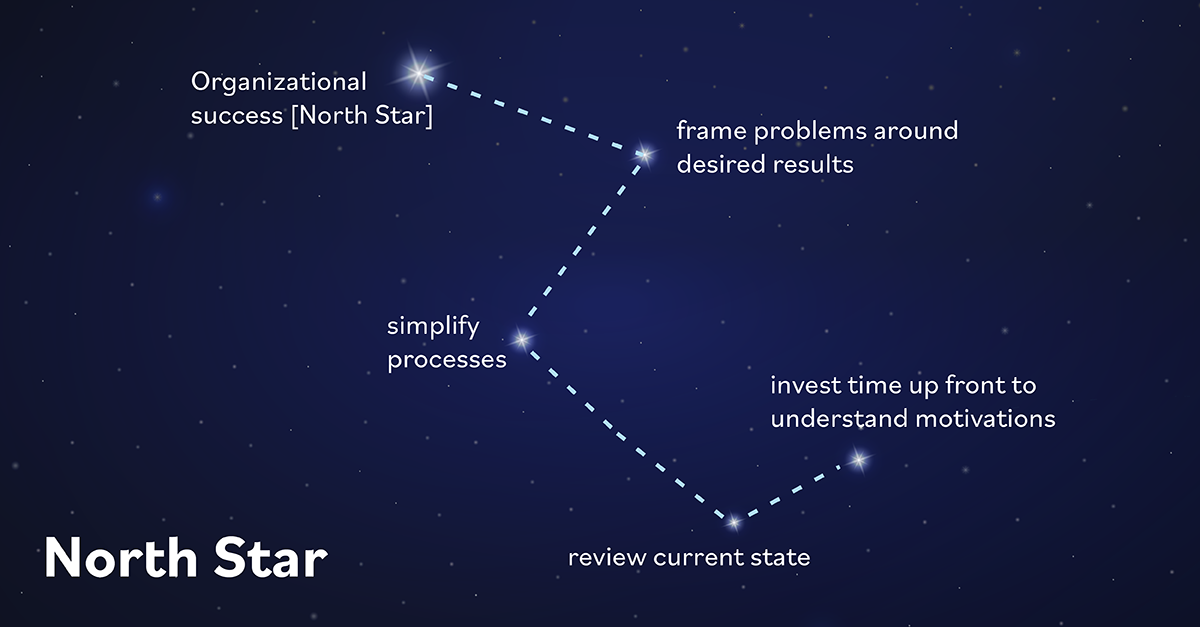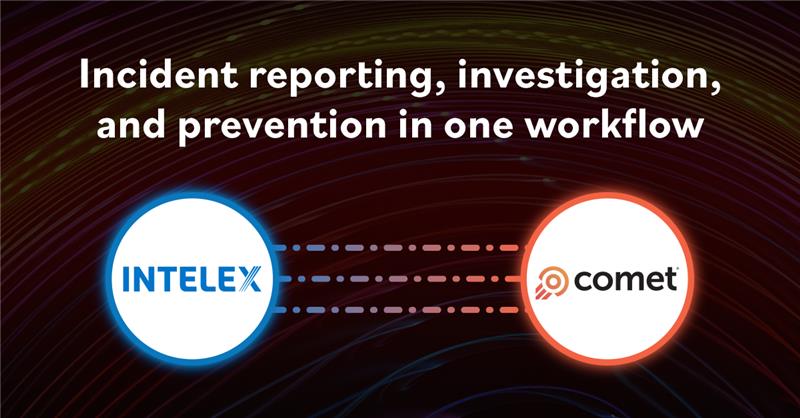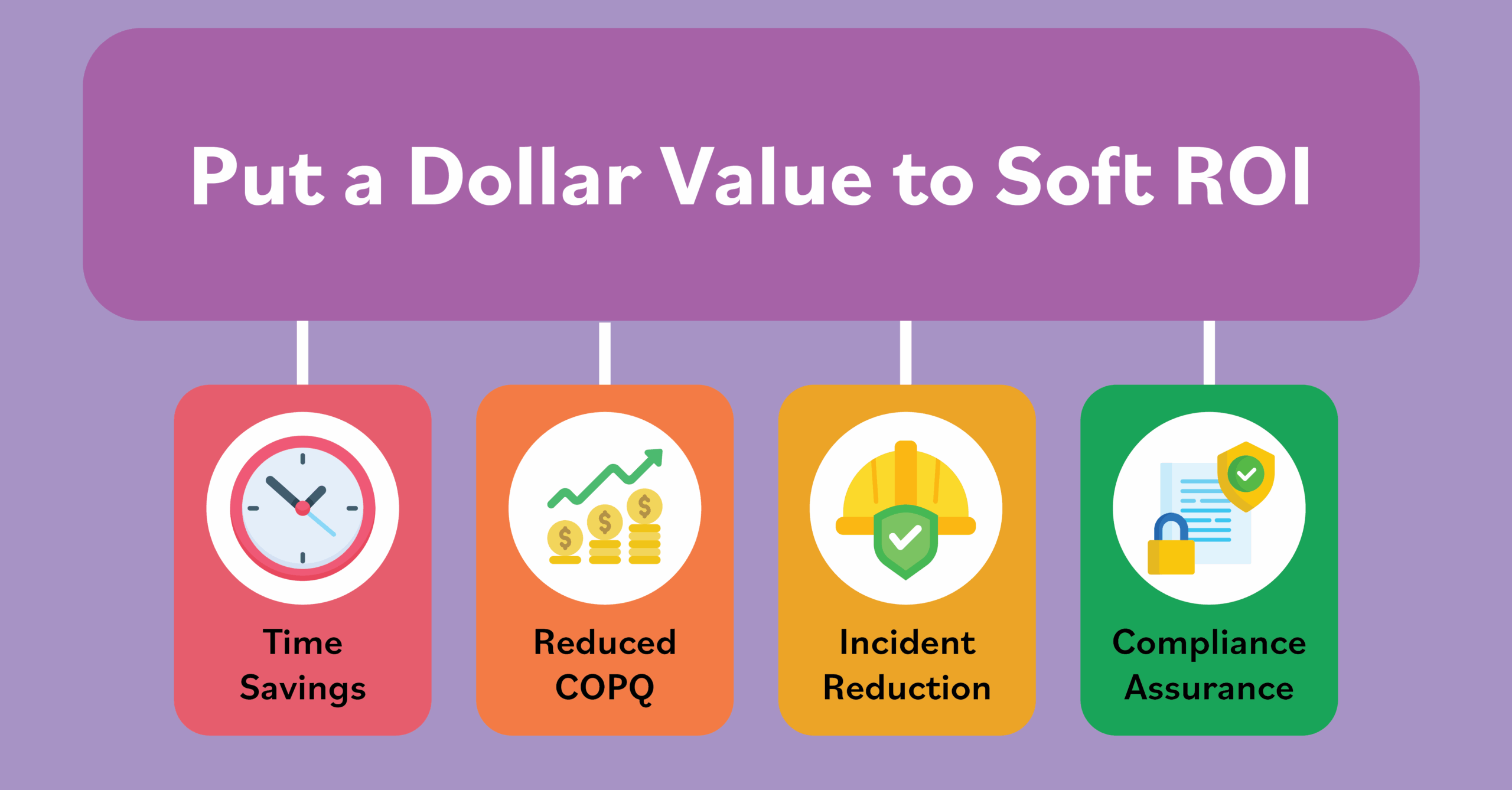CSRD and SEC Reporting Requirements: What’s New for 2024 and Beyond
September 18, 2023

ESG reporting requirements are becoming a critical component of corporate strategy for organizations around the world, particularly in the United States and the European Union. With the Corporate Sustainability Reporting Directive (CSRD) about to come into force in the EU and new rules from the Securities and Exchange Commission arriving soon, ESG reporting has quickly moved from a voluntary activity designed to enhance the brand to a vital requirement for compliance.
This article will look at the background of the ESG reporting requirements from CSRD and the SEC, the obligations different organizations will have to each and how the world of ESG risk is rapidly changing.
CSRD (Corporate Sustainability Reporting Directive)CSRD (Corporate Sustainability Reporting Directive)
What is the CSRD?
The Corporate Sustainability Reporting Directive (CSRD) is a European Union directive that sets out rules for organizations to report ESG and sustainability information. It expands the eligibility criteria for reporting, which increases the number of organizations that will have to submit ESG information annually.
The information organizations submit as part of CSRD reporting requirements will help investors and stakeholders better understand the threats and opportunities that arise as a result of the organization’s impact on the environment and the impact of environmental issues like climate change on the financial strategy of the organization.
CSRD entered into force on January 5, 2023, with the first group of in-scope organizations required to report in 2024. The detailed reporting requirements for CSRD are likely to result in a significant increase in the amount of work required to manage sustainability reporting for EU-based organizations, global organizations with EU operations and any organization that includes EU-based components as part of its supply chain.
It is important to note that CSRD is not a regulation but a directive. That means it needs to be integrated into the laws of member states before it comes into force.
How is CSRD related to SFDR, NFRD and the EU Taxonomy?
The Non-Financial Reporting Directive (NFRD) is a directive introduced in the EU in 2014 and brought into force in 2018. It introduced the requirement for organizations to publicly disclose ESG efforts and impacts in the form of annual reports and sustainability reports. CSRD revises NFRD by introducing more extensive reporting requirements and requiring reports be submitted according to the principles established by the European Sustainability Reporting Standards (ESRS). CSRD also requires organizations to submit reports in XHTML format to make them machine readable. While the CSRD currently revises NFRD, it is likely that it will eventually replace it.
The Sustainable Finance Disclosure Regulation (SFDR) is a regulation designed to support sustainable financial growth by providing transparency into how financial organizations with more than 500 employees meet sustainability requirements. Under SFDR, financial organizations must make both company and product disclosures. Company disclosures relate to the ways in which the organization incorporates sustainability into its investment decisions, as well as the Principal Adverse Impacts on Sustainability (PAIs) in the form of GHG emissions, energy efficiency, waste management and other factors. At the product level, financial organizations must disclose the ESG characteristics of their financial products.
The EU Taxonomy is a classification system for identifying sustainable activities. It helps organizations and investors avoid greenwashing by ensuring activities labelled as sustainable meet strict criteria. To meet the definition of sustainable under the EU Taxonomy, an activity must do both of the following:
- Contribute to one or more of the six environmental objectives, which are as follows:
- Climate change mitigation
- Climate change adaptation
- Sustainable use and protection of water and marine resources
- Transition to a circular economy
- Pollution prevention and control
- Protection and restoration of biodiversity and ecosystems.
- Respect basic human rights while not having a negative impact on any of the other six environmental objectives.
SFDR, CSRD and the EU Taxonomy are critical components of the EU Sustainable Finance Framework, the purpose of which is to promote the growth of sustainable economic activity throughout the EU. The Sustainable Finance Framework works to promote the flow of private financial resources into sustainable economic activity and to provide transparency into sustainable investment.
What Are ESRS and EFRAG?
The European Sustainability Reporting Standards (ESRS) are standards according to which all organizations subject to CSRD will report their ESG disclosures. The European Financial Reporting Advisory Group (EFRAG) is responsible for drafting and maintaining ESRS standards. The standards were finalized and officially adopted on July 31, 2023.
There are 12 ESRS standards covering each aspect of the ESG reporting requirements as follows:
| Title | Content | ESG Coverage |
|---|---|---|
| ESRS 1 | General Requirements | General |
| ESRS 2 | General Disclosures | General |
| ESRS E1 | Climate | Environment |
| ESRS E2 | Pollution | Environment |
| ESRS E3 | Water and Marine Resources | Environment |
| ESRS E4 | Biodiversity and Ecosystems | Environment |
| ESRS E5 | Resource Use and Circular Economy | Environment |
| ESRS S1 | Own Workforce | Social |
| ESRS S2 | Workers in the Value Chain | Social |
| ESRS S3 | Affected Communities | Social |
| ESRS S4 | Consumers and End Users | Social |
| ESRS G1 | Business Conduct | Governance |
EFRAG consulted the International Sustainability Standards Board (ISSB) and the Global Reporting Initiative (GRI) to ensure alignment between ESRS and other global standards. However, it should be expected that there will be some discrepancies between the many different international standards and CSRD.
What are the CSRD reporting requirements?
For companies that are in-scope for CSRD, there are several disclosure requirements, including the following:
- Information about ESG targets and all activities and progress related to achieving these targets.
- Detailed disclosure of the organization’s business model and strategy, as well as all known threats and opportunities related to sustainability.
- Sustainability reports consistent with ESRS requirements submitted as part of organizational management reports.
- Strategic plans related to the transition to a sustainable economy and efforts to limit global warming in accordance with the Paris Agreement.
- Double materiality assessments related to the impact of the organization on the environment and the impact of the environment on the organization.
- GHG (Greenhouse Gas Emission) targets.
- Sustainability policies.
- Data related to alignment with the EU Taxonomy.
- Information related to due diligence on sustainability and the environmental impact of the organization and its supply chain.
What are Materiality and Double Materiality?
Materiality is a concept that has its origins in accounting, where it refers to the significance of transactions in the preparation of financial statements. In relation to ESG reporting requirements, materiality means determining how your ESG-related risks impact your organization and how your organization impacts external stakeholders. Materiality is particularly important when it comes to ESG reporting, as organizations need to determine what aspects of their approach to ESG are material enough to be measured and included in reports.
There are a number of different types of materiality in ESG.
Dynamic materiality is based on recognizing that material concerns change over time. Risks that are immaterial today could become material tomorrow through the introduction of new reporting frameworks, public appetite for ESG transparency or new regulations.
Financial Materiality is sometimes referred to as outside-in materiality. It relates to the impact of the environment on the organization’s ability to generate cashflow.
Impact Materiality is sometimes referred to as inside-out materiality. It refers to the impact of the organization on the environment in which it operates. Double Materiality incorporates both financial and impact materiality by considering both the risks to the organization from the environment and the risks to the environment from the organization. Assessments based on double materiality are mandatory under ESRS for CSRD.
What companies does CSRD apply to?
CSRD will apply directly to both EU and non-EU organizations as follows:
- All companies currently subject to NFRD. This includes large EU public interest entities with EU regulated market listed securities as well as EU credit institutions and EU insurance companies with more than 500 employees.
- Large EU companies that have two of the following qualities:
- A total balance sheet exceeding EUR 20 million.
- Net turnover exceeding EUR 40 million.
- 250 employees or more.
- EU or non-EU companies with securities listed on EU regulated markets.
- Non-EU companies with more than EUR 150 million turnover in the EU and an EU branch or subsidiary (AKA the EU Turnover Test), as well as non-EU companies with an EU branch generating net turnover of more than EUR 40 million.
CSRD does not directly apply to non-EU organizations with no presence in the EU. However, non-EU companies might be indirectly impacted by EU organizations within their supply chain that must report to CSRD and require information from their suppliers for CSRD reporting.
When does CSRD come into force?
CSRD will be implemented in four stages:
- January 1, 2024: Those EU entities already subject to NFRD, as described above.
- January 1, 2025: Large EU companies not already subject to NFRD and large non-EU organizations listed on an EU registered market.
- January 1, 2026: Listed EU and certain SMEs (small- and medium-sized enterprises), as well as small and non-complex credit institutions and captive insurance undertakings.
- January 1, 2028. Non-EU companies in scope of the EU Turnover Test.
How can I prepare for CSRD?
While every organization will approach preparing for CSRD differently, there are some common steps required.
First, organizations need to determine whether or not they fall within the scope of CSRD. This will require an extensive understanding of the organization, its partnerships and its supply chains.
Next is the double materiality assessment to identify the ESG issues that impact the organization and upon which the organization has an impact. For more on double materiality, read our article Understanding ESG Materiality: From Definition to Implementation. Remember that materiality is dynamic, which means material risks could change quickly. Continuous monitoring of the global regulatory environment is important for maintaining a vigilant approach to materiality risk.
If organizations are subject to multiple reporting requirements in different regions, they should perform a gap analysis to understand where overlap occurs. This will help to avoid duplicating efforts.
Understanding the CSRD reporting requirements for ESRS is critical for ensuring compliance readiness. Organizations should understand each of the ESRS standards and how they apply to their materiality assessments.
Finally, organizations should ensure they have defined roles and responsibilities for managing CSRD reporting requirements. Compliance efforts must be cross-functional and diverse, consisting of members from teams such as legal, compliance, environmental, health and safety, supply chain, data quality and more.
SEC (Securities and Exchange Commission) Climate-Related Disclosure Rules
What are the proposed disclosure rules from the SEC?
The proposed SEC climate-related disclosure rules would require organizations that operate in the U.S. to include climate-related information in their annual reports, such as Form 10-K. These disclosures would include the impact of climate-related risk on the business, the organization’s strategic approach to managing climate-related risk, the organization’s greenhouse gas (GHG) emissions along Scope 1, Scope 2 and Scope 3 and information about targets and goals related to the transition to a sustainable economy.
Who does the proposed rule apply to?
The proposed climate-related disclosures apply, at the moment, only to large public companies. However, private companies, as well as smaller companies, should consider establishing an approach to standardized ESG disclosures should that scope change or if they conduct business with public companies that are subject to SEC disclosure rules and require information for their own reporting.
What is the difference between Scope 1, Scope 2 and Scope 3 emissions?
The terms Scope 1, Scope 2 and Scope 3 refer to emissions that organizations need to track and disclose in their reporting. Scope 1 refers to emissions resulting from the organization’s direct operations. Scope 2 refers to emissions created indirectly as a result of purchased energy. Scope 3 refers to emissions further down the supply chain, such as those generated by suppliers or from use and disposal of the organization’s products.
Will the SEC use double materiality?
The answer to this question won’t be clear until the final decision on the SEC climate disclosure rules. While the SEC is clearly progressing towards stricter ESG disclosure rules regarding Scope 1, Scope 2 and Scope 3 emissions, double materiality is primarily an EU approach, and U.S. organizations tend to favor financial materiality more than they do double materiality. In a statement in 2021, SEC Commissioner Hester Pierce said, “The European concept of ‘double materiality’ has no analogue in our regulatory scheme, and the addition of specific ESG metrics, responsive to the wide-ranging interests of a broad set of ‘stakeholders,’ would mark a departure from these fundamental aspects of our disclosure framework.” As such, there is clearly some debate on the application of double materiality to the SEC climate disclosure rules.
However, U.S. organizations that operate in the EU will likely find themselves subject to CSRD requirements for double materiality. For more, see Can a company be subject to both CSRD and SEC disclosure requirements?
What stage are these rules at now?
The SEC proposed the rule changes to ESG disclosure in March 2022. While many people expected a final decision on the proposed rules by September 2023, there is currently no timeline for that decision. During his most recent comments, SEC Chair Gary Gensler suggested there has been considerable feedback on the Scope 3 reporting proposals, and that this could result in revisions when the final rule is released.
How do I report under the proposed SEC rules?
The SEC climate disclosure rules will require organizations to submit climate-related financial metrics as an addendum to their annual audited financial statements. These disclosures must be consistent with the framework provided by the Task Force on Climate-Related Financial Disclosures (TCFD). The submissions would be as follows:
- Climate-related disclosures in registration statements and Exchange Act annual reports, such as Form 10-K.
- Regulation S-K mandated climate-related disclosure as a separate section of the registration statement or annual report.
- Regulation S-K mandated climate-related financial statement metrics in a note to consolidated financial statements.
- Narrative and quantitative climate-related disclosures in Inline XBRL.
- Attestation report from independent attestation provider covering at least Scope 1 and Scope 2 emissions disclosures for accelerated or large filers.
Can a company be subject to both CSRD and SEC disclosure requirements?
CSRD requirements likely exceed SEC requirements in a number of ways, including the application of double materiality. Organizations that operate in both U.S. and EU jurisdictions can fall within scope of both the SEC rules and CSRD, which means the information disclosed in each must be accurate and complete and not contradictory. At the moment, it is unclear to what extent the EU will recognize the equivalence of disclosures according to the SEC rules to satisfy CSRD requirements. That could mean organizations will need one complete disclosure for both SEC and CSRD or multiple disclosures for different regions.
Organizations that publish ESG information to satisfy CSRD requirements should also note that they could be subject to SEC enforcement action or investor scrutiny based on that information, even if it is not in scope for SEC disclosures. The fact that CSRD disclosure requirements are more granular than those for the SEC means that organizations could have a higher risk profile when disclosing according to CSRD.
What do organizations need to do to prepare for ESG reporting requirements?
ESG reporting requires organizations to create digital workflows that support automated data collection, rigorous data quality standards and regular electronic reporting. While there are many organizations still managing their ESG data in spreadsheets and binders, the significant data requirements of CSRD and the proposed SEC rules will make it impossible to maintain a low-tech or antiquated approach.
Intelex was named a leader in ESG reporting and data management software in the 2023 Green Quadrant Report by EHS industry analyst Verdantix. Intelex’s ESG reporting software is a powerful, out-of-the box solution that provides pre-configured reports to meet 90 percent of customer use cases. With more than 40,000 pre-loaded emission factors for Scope 1, 2 and 3 emissions, enterprise-grade ESG data storage and a patent-pending calculation engine, Intelex can support organizations’ reporting requirements for both CSRD and SEC. Integration with Snowflake supports visual reports for ESG data, while our partnership with Datamaran provides support for double materiality assessments in line with CSRD requirements.






